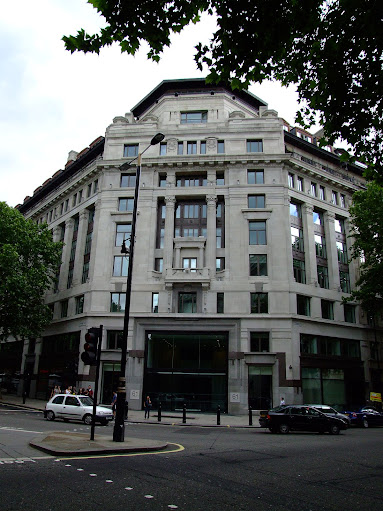21st
Pacific Bases ..
2023
Attrition, Supply 2023 ..NWU - Navy Working Uniform ..
Orcine Infighting ..
Orcine Atrocities 2023 ..
US ⇔ Xina 2023
Orcine Infighting ..
Orcine Atrocities 2023 ..
US ⇔ Xina 2023
2022
CSDP, EDU, EU Army ..Naval Arms Exports ..
Solomon Islands (Xi wants naval base) ..
Weakness - PLA Tanks ..
Air Ministry - Adastral House ..Maskirovka - Маскировка .. Molotov-Ribbentrop Pact - 39-8-23 to 41-6-22 ..
Nationalsozialistische Deutsche Arbeiterpartei ..
Kit
British Forces - 21st C ..
Cold War 2 ..
Coups d'État ..
- MAP - Minister of Aircraft Production ..
- MEW - Ministry of Economic Warfare ..
- MHS - Ministry of Home Security ..
- MoS - Ministry of Supply ..
Nationalsozialistische Deutsche Arbeiterpartei ..
Morale ..
UNI - America's National Interests ..
Resource War ..
USA→Europe→NATO↔Russia←China ..
AI, Cyber
Alliances - Power Projection, Trade
Anocracy, Autocracy, Authoritarianism
Anocracy ..
China, CCP, 21st
CMC - Хina's Joint Battle Command Center ..China - Espionage, Industrial, Intellectual Property Theft
Cold War 1
Construction
Elitism
EU
Geostrategic Projection
European Geostrategic Projection ..Global
Zero Standing Army ..Greener Military
Impact of War
Intelligence, Cryptanalysis
Japan
Meiji Japan ..
Logistics, Modeling, Strategy
DIME & National Power ..Manpower
MILDEC - Military deception
Military Strategy - Analysis
Military Strategy Writings
Militias
Morale, PsyOps
Morale ..
Morale ..
Mutually Assured Destruction
Pacific
Project Management
R&D
DARPA ..
Reservists
1939 jajn ..Territorial Army ... BEF - 20th ..
⧫ Wargaming, Hypothetical Warfare ..
Resistance
SEAL
SEALs ..
Space
Taiwan, ROC
ROC Armed Forces ..Taiwan ..
Tech - AI, Cyberwar
Terrorism
USA
USSR, Russia
Kremlin ..
Zapad ..
Vehicles
Walls
Weaponry
Wehrmacht, Nazis



